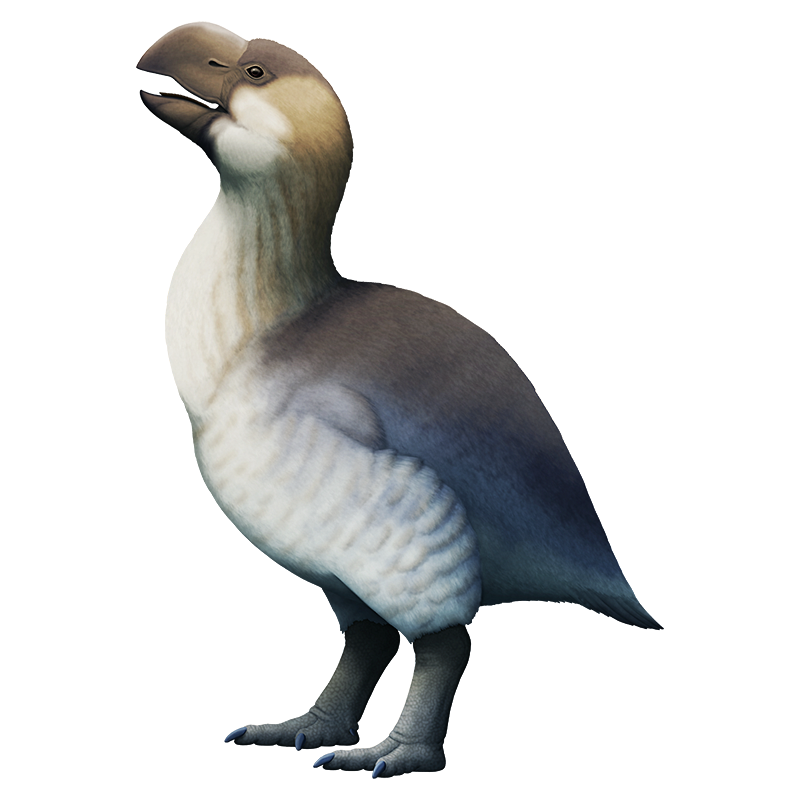Brontornis burmeisteri was one of the largest flightless birds known to have ever existed, standing around 2.8m tall (9’2″) and estimated to have weighed 400kg (~880lbs).
Known from the early and mid-Miocene of Argentina, between about 17 and 11 million years ago, it’s traditionally considered to be one of the carnivorous terror birds that dominated predatory roles in South American ecosystems during the long Cenozoic isolation of the continent.
But Brontornis might not actually have been a terror bird at all – it may have instead been a giant cousin of ducks and geese.
The known fossil material is fragmentary enough that it’s still hard to tell for certain, but there’s some evidence that links it to the gastornithiformes, a group of huge herbivorous birds related to modern waterfowl.
If it was a gastornithiform, that would mean it represents a previously completely unknown lineage of South American giant flightless galloanserans. And, along with the gastornithids and the mihirungs, it would represent a third time that group of birds convergently evolved this sort of body plan and ecological role on entirely different continents during the Cenozoic.

